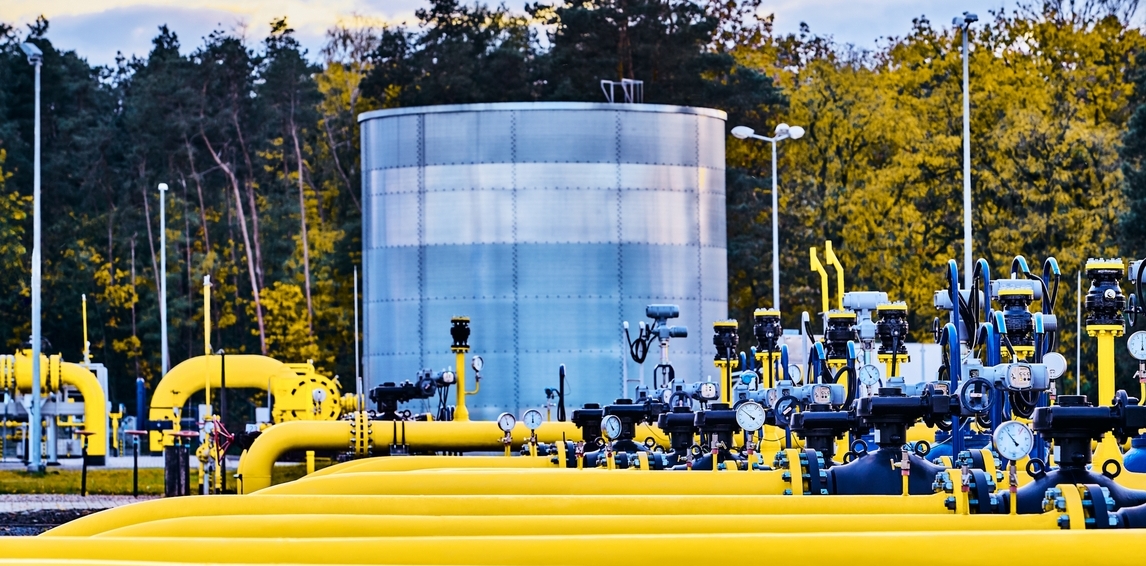National Transmission System

The transmission system consists of two interconnected systems:
- Transit Gas Pipeline System,
- National Transmission System,
- comprising two natural gas sub-systems – for high-methane natural gas (grade E) and
- for low-methane natural gas (grade Lw).
Transmission in numbers
Figures for calendar year 2024 – as at 31 December 2024
| Length of transmission network | 12 151 km |
| Number of entry points1 |
66 |
| Number of exit points2 |
891 |
| Number of gas stations |
840 |
| Number of compressor stations |
14 |
| Number of transmission system nodes |
36 |
| Volume of transmitted gas fuel3 |
16,9 bcm |
| 194,9 TWh | |
| Volume of transmitted gas fuel including underground gas storage (UGS)4 |
19,7 bcm |
| 226,7 TWh | |
| Underground gas storage working volume (UGS) |
3,33 bcm |
1 Number of physical entry points to the transmission system, i.e. points with a specific physical location where gas is delivered to the system. Includes gas imports, withdrawal from UGS facilities, deliveries from fields and domestic production (mixing plants.
2 Number of physical exit points from the transmission system, i.e. points with a specific physical location where gas is offtaken from the system. Includes transmission to exit points at the connection with distribution areas and the distribution network other than a gas distribution area, injection to UGS facilities, exports and supply to final customers.
3 The volume of transported gas comprises low-methane gas (Lw), after volume conversion to high-methane gas (E) equivalent. The volume of gas transmitted expressed in units of volume is an indicative value.
4 The volume of transported gas includes the operation of UGS facilities. The volume of transported gas comprises low-methane gas (Lw), after volume conversion to high-methane gas (E) equivalent. The volume of gas transmitted expressed in units of volume is an indicative value.
